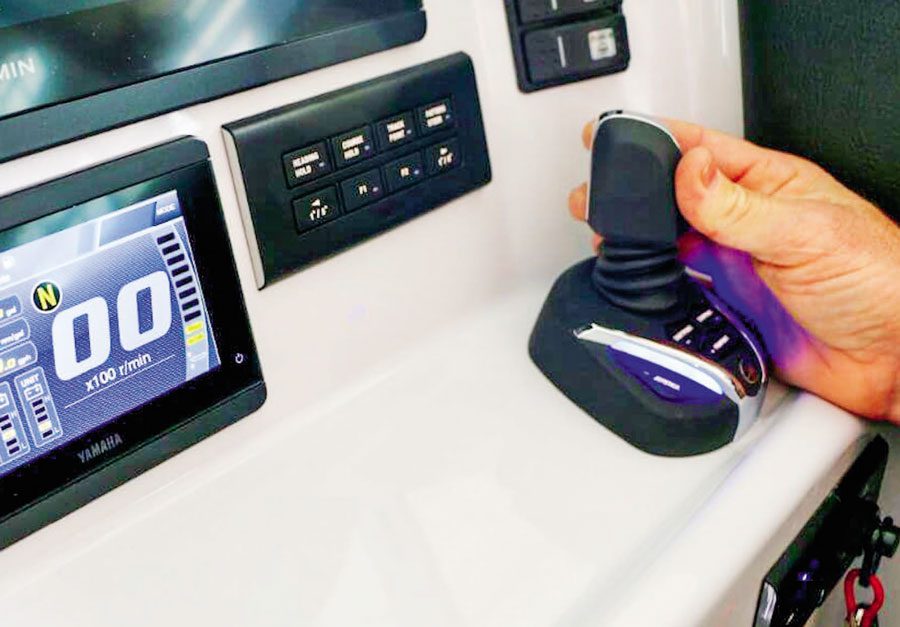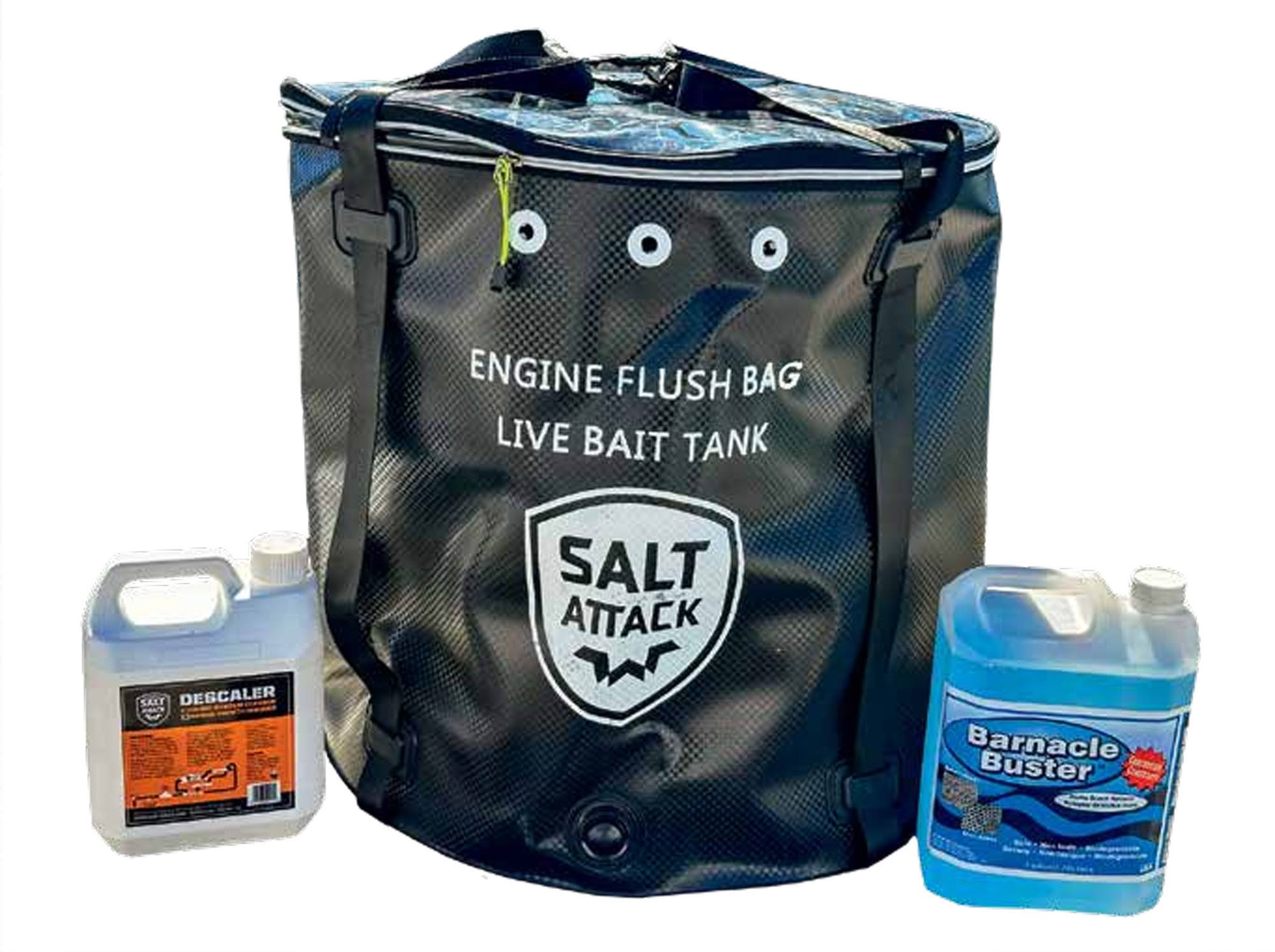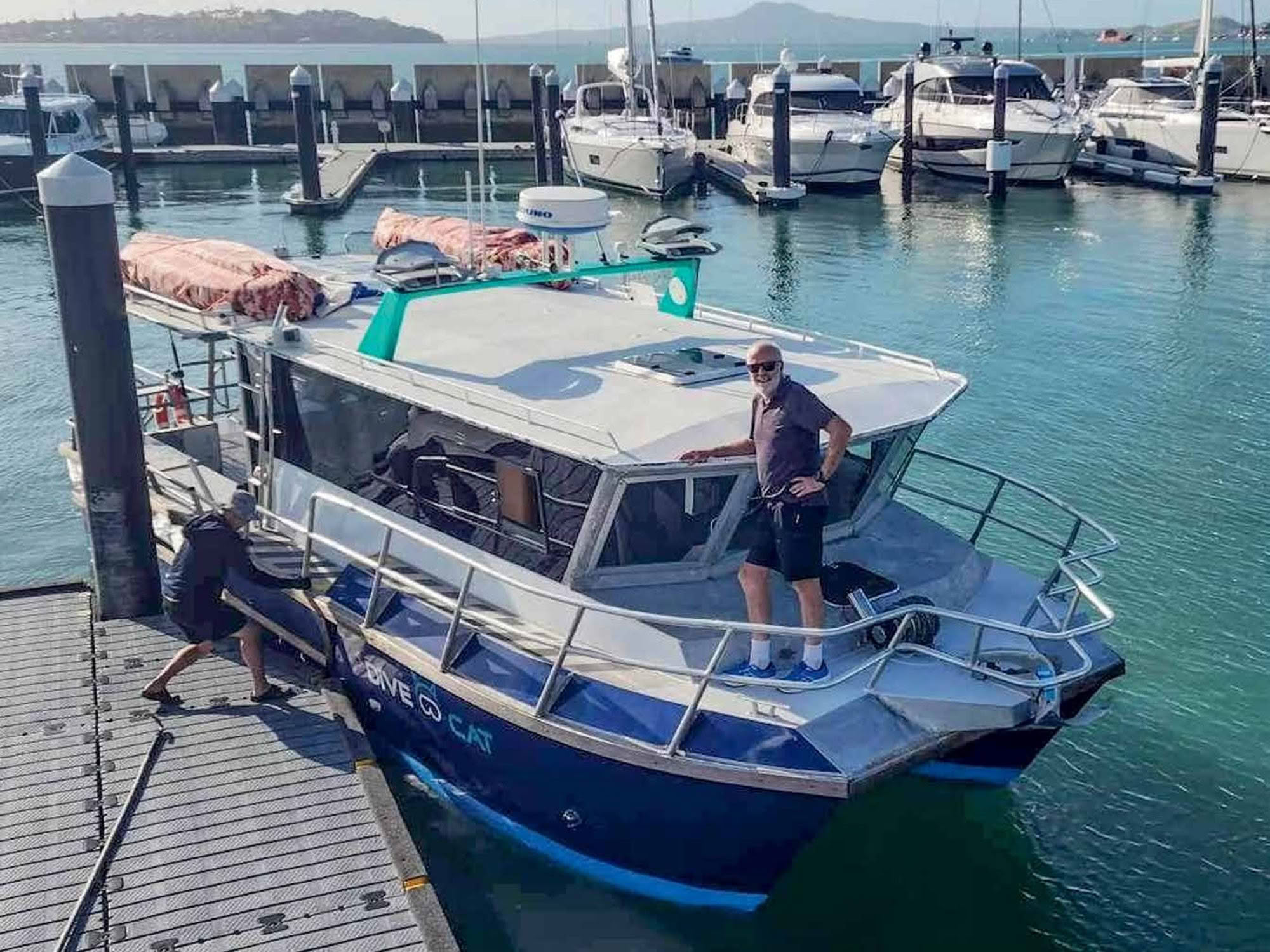

Every watercraft built since the dawn of time had to be steered in some way.
In ancient times steering gear was usually some version of an oar that was held vertically, which eventually led to the development of a dedicated rudder. The rudder was controlled by the helmsman sitting in the stern of the boat using a tiller, a horizontal bar fitted directly to the top of the rudder post. We see these today in dinghies and in some sailing boats, large and small.
The advantages of this system include a very simple mechanism and direct, highly-responsive steering. On the downside, to operate the tiller the helmsman has to remain close to the rudder and steering the boat can be physically demanding, especially in bad weather.

A conventional helm with a wheel. This example uses hydraulic pressure to turn the rudder.
The next major development was the ship’s wheel, mechanically connected to the rudder. How the wheel is connected to the rudder varies. Early systems used ropes and pulleys or a mechanical shaft and gears. They allowed the wheel to be located near the front of the vessel where the helmsman had better visibility, far away from the rudder at the stern. Different sized pulleys or gears reduced the force required to steer, although at the cost of a certain degree of responsiveness. Early vessels had spokes sticking out of the wheel to grab hold of – wheels could be difficult to turn, especially in bad weather – and many traditional vessels retain this design.
Modern boats have largely continued using one of these two systems, although the mechanisms have changed. Ropes and pulleys made way for cables and more sophisticated gearing, before hydraulic systems and power assistance became available. More recently, electric actuators can be used to operate the rudder – the wheel now acts more like a control switch, with no direct force transmitted from the wheel to the rudder or motor. An advantage of hydraulic and electric systems is that vessels can have multiple helm positions, often one on the flybridge and one in the main cabin, providing greater flexibility for locating the helm station.

A rope and pulley system, actuated by a ‘steering stick’ in the bow moves the outboard motor fron side to side to steer the boat.
Surprisingly, though, this is not the only way boats can be steered. Anyone who has been to the Cook Islands or Tahiti will know the local fishing boats are steered with what can only be referred to as a ‘steering stick’. This is a vertical bar sticking up in front of the skipper, who is positioned in a snug helm position right up in the bow of the boat. Moving the bar from side to side turns the outboard motor, facilitating tight turns at high speed.
These systems were originally developed with a ropeand- pulley arrangement between the stick and the motor, but newer ones use a modern cable or hydraulic steering system. We even saw one with electric actuators on the motor, where the skipper used a small toggle switch to swing the motor left or right.

Tiller steering is still used today, especially on yachts.
The main purpose of this unusual steering mechanism is to sight-hunt highly manoeuvrable game fish. It was developed in Tahiti to chase down mahimahi. The fishermen literally chase the fish across the surface until they are exhausted enough to spear easily. In the Cook Islands these boats are used to hunt mahimahi by day and flying fish by night. To beat giant trevally to the flying fish, fishers need to be able to spin the boat around very quickly to match the movements of the fish.
But arguably the field of GPS and marine electronics has produced the most significant changes to boat steering. With the combination of electronic throttle control and powered steering systems, electronics can completely control both the direction the boat moves and its speed. Of course, the basics are not new – Autopilot systems have been around for decades, and many larger vessels have been steered using a joystick rather than a wheel for some time. What is new is the availability of this technology for vessels of every type – even smaller outboard-powered craft with a single engine.

HamiltonJet’s ‘MouseBoat’ control.
Joystick steering options started appearing on recreational vessels in 2005, when Volvo launched its revolutionary IPS pod drives. Since these drives are self-contained and turn inside their mounting using an electric actuator, their joystick control provided one-handed operation when docking, removing the need for complicated dual-shift, throttle and steering combinations. Since then, Volvo has shipped more the 30,000 units and now competing technology is available from Cummins, Caterpillar and ZF Marine.
The joystick got its next upgrade in 2007 when HamiltonJet launched its MouseBoat controller. Paired with its waterjet propulsion technology and proprietary blueArrow electronic control systems, this handpiece looks like a miniature boat that moves and acts much like a computer mouse. Instead of moving a cursor across a computer screen, moving the MouseBoat moves the vessel in the same way – forward, astern, or sideways. The MouseBoat also added a third axis, so rotating the device would spin the vessel the same way, whether traveling ahead or astern, or even in place.
Both these systems also provided a feature called GPS anchoring. This is where the electronics hold the vessel in an exact position, regardless of wind and tide, and without deploying an actual anchor. This is especially useful deep drop-fishing over undersea structures in deep water, where anchoring is not an option and positioning the boat is critical.

Volvo Penta made joystick steering mainstream with the introduction of IPS.
This system was originally patented in 1995 in the USA and first appeared on trailer boats when it was adopted by numerous manufacturers of trolling motors. These devices are spun around in their mountings by an electric servo, and being electrically powered, their motors already enjoyed electronic control.
But being able to control outboard motors in a similar way to the pod and jet drives was recognised as a gap in the market, one which Yamaha was first to fill with its Helm Master digital steering system in 2013. This system added joystick steering and directional control for boats with twin outboards. The key breakthrough for this system was controlling each outboard separately, with independent powered hydraulic steering rams and digital throttle and shift controls for each motor.
That means the boat can be moved sideways by angling the engines at 90o to one another and putting one in forward gear and one in reverse. Their joystick control also includes that rotational axis of movement, so the boat can be moved essentially in every possible direction. All of which simplifies manoeuvring around marina berths or getting lined up onto a boat trailer, especially in high winds or strong currents.

A ’ma’i ma’i boat’ in Avarua Harbour, Rarotonga.
Since then, the market has become a bit more crowded with Evinrude adding its iDock Intelligent Piloting System, Mercury its JPO (Joystick Piloting for Outboards) and Suzuki the Optimus 360 Joystick control system. The Optimus system is in fact a third-party solution developed by Dometic (formerly known as SeaStar), which is compatible with other outboard brands that offer digital shift and throttle control.
The most recent steering innovation, and the most exciting for the smaller trailer boat customer, has come in the switch from a conventional hydraulic steering (with its helm pump, engine control pistons and supplementary electric hydraulic pumps), to all-electric actuators. These remove the need for any hydraulic rigging and dramatically simplify the installation of the boat’s steering system. Although a conventional wheel can be retained as the main steering control, with a digital engine actuator the wheel becomes a completely digital unit. In two or more engine installations this simplifies the whole installation and improves the responsiveness of the digital steering system.

Yamaha’s electrically-actuated steering module.
More excitingly, though, the speed of movement of these digital electric actuators has also enabled sideways manoeuvrability for boats with just one outboard. The Yamaha Helm Master EX – launched in New Zealand last year – provides joystick capabilities for a single-engine vessel. Although it works as expected when moving forward or astern, it excels in close quarters and when trying to fit the boat into a tight space: the engine turns itself and changes gear automatically, moving the boat sideways through the water.
All the other features of digital steering can be added to the Yamaha Helm Master EX system – the EX stands for “Expandable”. The most popular is GPS anchoring, called Fishpoint on this system. This will hold the boat at an exact spot, pointing the same way it was when you pressed the button. So, if you see something interesting on the sounder, press the button and you will stay directly above it.

Yamaha Helm Master EX joystick steering even works with single outboards.
Of course, an autopilot is another great option, and Yamaha integrates into several major brands of multifunction displays. So, you can set your course and speed, press a button and the boat will drive itself to the spot. The vessel can also be set to automatically slow down upon arriving at the selected location, and then hold itself at that position once you get there.
Although the Helmaster EX is somewhat more expensive than a conventional steering, if you factor in that it eliminates all the hydraulics, negates the need for a bow thruster, can provide the same functionality as a low-speed trolling motor and includes an autopilot, the additional cost on a new boat is modest.
Of course, other manufacturers are hard on Yamaha’s heels. Already Dometic has developed an all-electric actuator, and you can be sure the engineers are busy integrating this into their Optimus system for single outboards. It won’t be too long before technology eliminates the struggle to get your boat onto a trailer or into a berth in strong wind and tides. Watch this space.
Bring it on! BNZ




